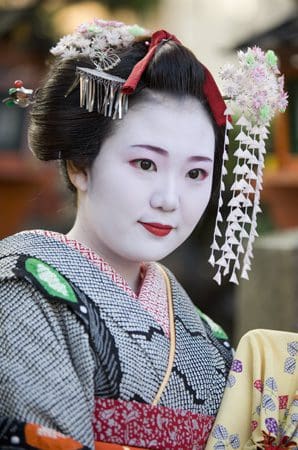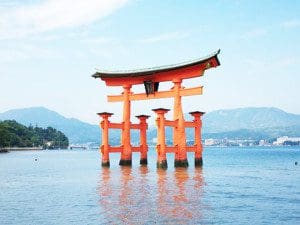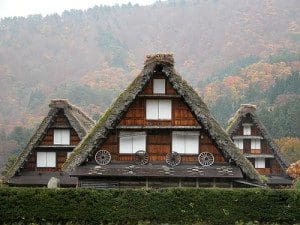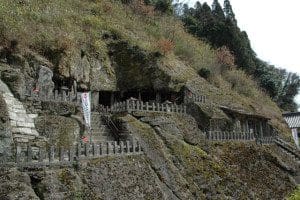 Japan is a fascinating country to visit; a mixture of ancient tradition and contemporary technology. Westerners will be enchanted by the lantern lights of a traditional ryokan (a Japanese style inn) and amazed at the swift efficiency of the bullet trains. Experiences such as watching a Maiko (apprentice geisha) dance performance or private access to sumo “stables,” where wrestlers live and train, highlight uniquely Japanese cultural customs that have endured for centuries.
Japan is a fascinating country to visit; a mixture of ancient tradition and contemporary technology. Westerners will be enchanted by the lantern lights of a traditional ryokan (a Japanese style inn) and amazed at the swift efficiency of the bullet trains. Experiences such as watching a Maiko (apprentice geisha) dance performance or private access to sumo “stables,” where wrestlers live and train, highlight uniquely Japanese cultural customs that have endured for centuries.
Some of the most popular areas of Japan included in tours are the sights of Tokyo, Mount Fuji, Hakone and Kyoto. A trip to the touching Hiroshima Memorial is worth the long day trip from Kyoto. Kenrokuen, a private garden in Kanazawa, is renowned for its year-round beauty and the pristine beaches of Kyushu, Shikoku and Okinawa are summertime favorites. Of course, shopping for pearls, silks, electronics and traditional crafts is also a draw for visitors.
Shinto shrines and Buddhist temples dot the country. Somewhat surprisingly, they are not always solemn and orderly places – conversational banter and snapping pictures is as common as prayer. Travel Maestro tip: To distinguish the difference between religious shrines and temples, look at the gate. A shrine’s torii (or bird’s perch) has two pillars topped by two horizontal beams. A temple’s gateway usually has a tiled roof that looks like a miniature of the temple itself.

Japan boasts 16 UNESCO World Heritage-designated sites of cultural and natural importance*:
- Buddhist Monuments of Horyu-ji — This area in the Nara Prefecture claims nearly 50 wooden shrines and temples that date from the late 7th/early 8th century.
- HIMEJI-JO — Acknowledged as the finest surviving example of a Japanese feudal castle, masterfully constructed of wood.
- SHIRAKAMI-SANCHI — This mountain range in northern Honshu includes the last remaining virgin forest of Siebold’s beech trees.
- YAKUSHIMA — Two biotic regions meet within the interior of Yaku Island, just off the southern tip of Kyushu; the resulting 1,900 flora species include ancient Japanese cedar.
- KYOTO MONUMENTS— Once the imperial capital, Kyoto — along with nearby cities Uji and Otsu — displays excellent wooden architecture and Japanese gardens.
- SHIRAKAWA-GO & GOKAYAMA — These remote mountain villages are famous for their Gassho-style houses with pitched, thatched roofs.
- HIROSHIMA PEACE MEMORIAL — The stark Genbaku Dome was the only structure standing after the atomic bomb exploded in 1945.
- ITSUKUSHIMA SHINTO SHRINE — Holy Itsukushima Island is the scenic home to this 12th-century shrine with its masterfully crafted “floating gate.”
- ANCIENT NARA — Remnants of Japan’s 8th-century capital include Todai-ji Temple, the world’s largest wooden structure; it houses a 48-foot-tall bronze Buddha.
- NIKKO MONUMENTS — A center of Shinto and Buddhist worship for centuries, its many monuments include its lavish Toshogu Shrine Complex.
- KINGDOM OF RYUKYU — You’ll find 12th- to 17th-century ruins of gusuku (castles) and other shrines on these islands in the Okinawa Prefecture.
- KII MOUNTAIN PILGRIMAGE SITES — Three sacred sites are located on a densely forested pilgrimage route between Nara and Kyoto.
- SHIRETOKO— A number of endangered species, both marine and terrestrial, find sanctuary along this peninsula in the northeast of Hokkaido.
- IWAMI GINZAN SILVER MINE — Important remains surround this former mine on Honshu Island; it once produced a third of the world’s silver.
- HIRAIZUMI — Once the rival of Kyoto, this ancient administrative center includes temples, gardens and other sites representing Pure Land Buddhism (nature worship).
- OGASAWARA ISLANDS — About 600 miles south of Tokyo, this remote grouping of 30 islands is home to a wide range of flora and fauna, many endemic and endangered.
Let Covington Travel’s expert vacation advisors arrange your exploration of this fascinating and ancient land.
*Source: Virtuoso Exotic Lands, March 2012








[…] http://www.covingtontravel.com/ via Covington Travel on […]